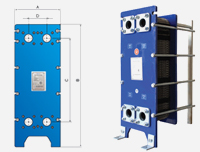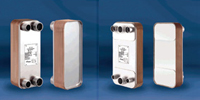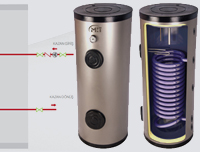MIT SEPARATOR
Product / MIT Air Separator
Air bubbles form in the water as the solubility of dissolved air in water decreases with rising temperatures in the heating systems. Another source of air bubbles is the phenomenon called cavitation.
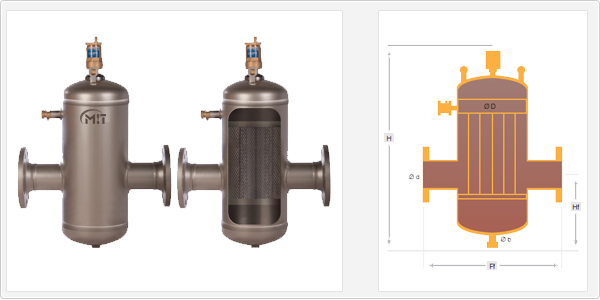
Whatever the cause is, air bubbles :
- Leads to corrosion in heating and piping systems
- Hinders the heat transfer as they tend to stick to the heat transfer surfaces
- Damages pumps and other fittings
- Causes disturbing noises in piping and heating panels
MIT Air Separator collects the air bubbles on its special metal apparatus and relases the excess air build-up through its vent into the atmosphere. Thus, the above mentioned problems are prevented, and healthy operation of the system is maintained.
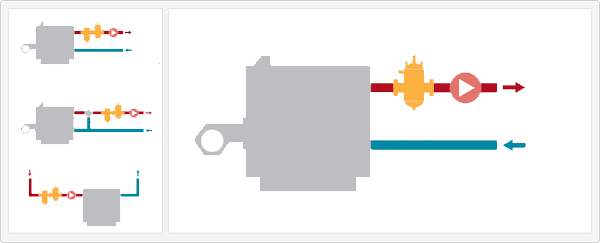
Possible application areas include :
- Central and private heating systems
- A/C and cooling systems
- Underfloor heating systems
This apparatus uses combined action of a number of principles of physics. Its active part is made up the expanded stainless metal plate. These plates, which are placed within the body in a radial way, cut the water flow in a way not to cause a problem in the circulation and finally create a powerful turbulence. The rotation movement which is created causes changes in the speed and pressure and thus micro air bubbles are released. These micro bubbles tend to be accumulated on expanded metal surfaces due to the impact of the molecular gravity force.
Bubbles come together, the hydrostatic thrust power on metal surfaces aggregate on the place where the power of sticking to the metal structure is surpassed and micro bubbles aggregate on the upper part (the location of air room). Here, the air volume which is regulated with the flotation operates the vent valve and thus discharges the surplus air.


